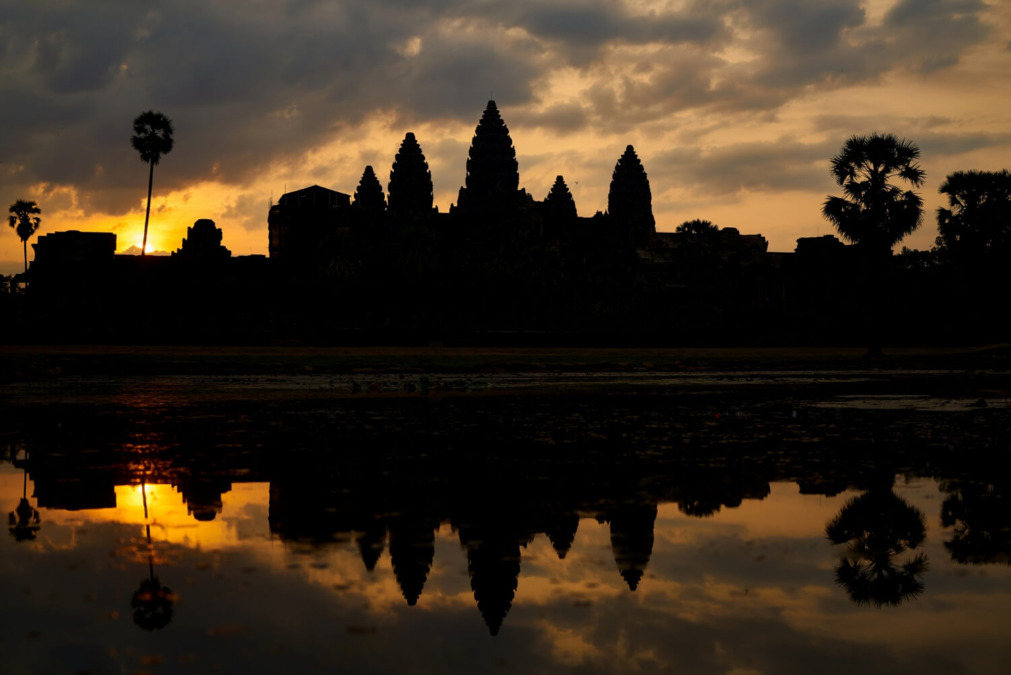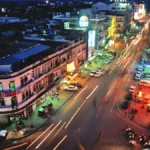
Introduction
Traveling to, and even living in, a different country is always a challenge. Should you decide to make the move to Cambodia, adapting to a different culture, especially one with a language distinct from your own, is no easy feat. It’s essential to acquaint yourself with a few words from the local language to navigate daily interactions.
Learning a new language is a gradual process, especially when the country you’re in has multiple dialects like Cambodia.
Understanding Khmer Dialects
Cambodia, with its rich history and diverse cultural landscape, is home to several Khmer dialects. While the Standard Khmer is the official language used in government, education, and official documents, different regions within the country have their own distinct dialects. Understanding these dialects is essential for travelers, especially those near border regions.
1. Central Khmer or Standard Khmer
Overview: Standard Khmer is the form of the language used in modern-day Cambodia. It is the official language used in government, official documents, and education. While different regions within the country have their own dialects, only three are officially recognized.
Battambang Khmer:
Standard Khmer is based on the Battambang Khmer dialect, spoken in the northwest plains of the Battambang province and other central provinces. Research by Ratree Wayland, a professor at the University of Florida’s Department of Linguistics, highlights the similarities and differences between Standard Khmer and Battambang Khmer, with a particular focus on vowel sounds.
Phnom Penh Khmer:
The capital, Phnom Penh, has its own dialect, known as Phnom Penh Khmer. Linguists Jean-Michel Filippi and Hiep Chan Vicheth published a book titled “Khmer Pronouncing Dictionary: Standard Khmer and Phnom Penh Dialect,” which emphasizes the differences between Standard Khmer and the Phnom Penh dialect.
Phonological Differences:
The Phnom Penh dialect differs phonetically from Standard Khmer. It features varying pitches, higher degrees of closure, breathy vocal sounds, and diphthongization.
2. Khmer Khe
Overview: The Khmer Khe dialect is prevalent in Stung Treng Province, specifically in the Srae Sambor, Preak Meas, and Thma Keo communes. A 2013 study by Jennifer Herington and Amy Ryan, titled “Sociolinguistic Survey of the Khmer Khe in Cambodia,” compared the Khmer Khe dialect to Standard Khmer, finding a significant overlap of approximately 95%-96% of their vocabularies.
3. Cambodian Dialects in Other Countries
Khmer speakers outside Cambodia, particularly those in Southeast Asia, developed distinct dialects during the Khmer Empire era (802 CE to 1431 CE) and subsequent periods.
Northern Khmer or Khmer Surin:
Native to Thai provinces such as Surin, Sisaket, Buriram, and Roi Et, Northern Khmer boasts approximately 1.4 million speakers. Distinguished by varying vowel sounds, consonant distributions, grammar, and pronunciations, Northern Khmer developed as a result of the Khmer Empire’s decline and subsequent isolation from mainland Cambodia.
Southern Khmer, Khmer Krom, or Kiengiang Khmer:
Also known as Vietnamese Khmer, this dialect is spoken by indigenous Khmer people residing near the Mekong Delta. It evolved through interactions with various linguistic groups over time.
Cardamom Khmer, Western Khmer, or Chanthaburi Khmer:
Spoken by communities in the isolated parts of the Cardamom Mountains, this dialect maintains vocal registers absent in Modern Khmer. While fewer studies have been conducted on this dialect compared to others, research by Allard Jongman and Ratree Wayland has shed some light on its phonetic and phonemic characteristics.
Conclusion
Learning Khmer involves more than just mastering Standard Khmer. It’s essential to understand that various dialects exist, and they often differ from place to place. While many focus on Standard or Central Khmer, recognizing the existence of several Cambodian dialects is invaluable, especially when traveling, particularly near border regions.
This guide offers insight into some of the words and phrases you may encounter throughout Cambodia, beyond Standard Khmer. While you may recognize some words from your province, understanding them fully may prove challenging. Nonetheless, embracing the language pays homage to its rich history and diverse evolution.



